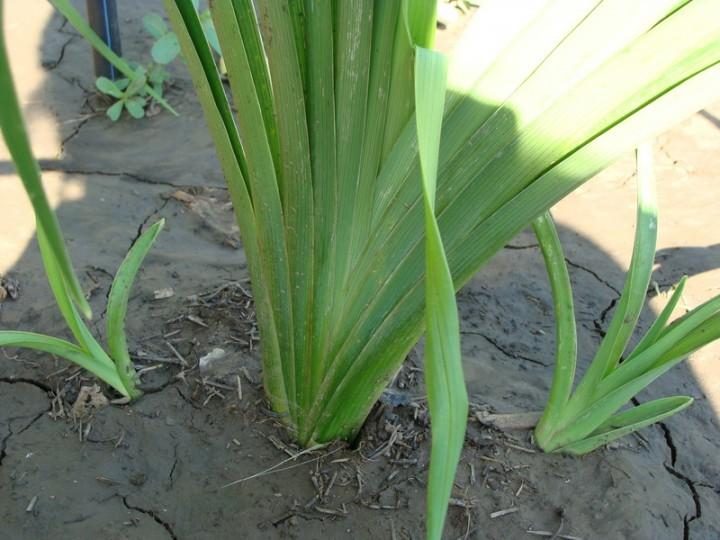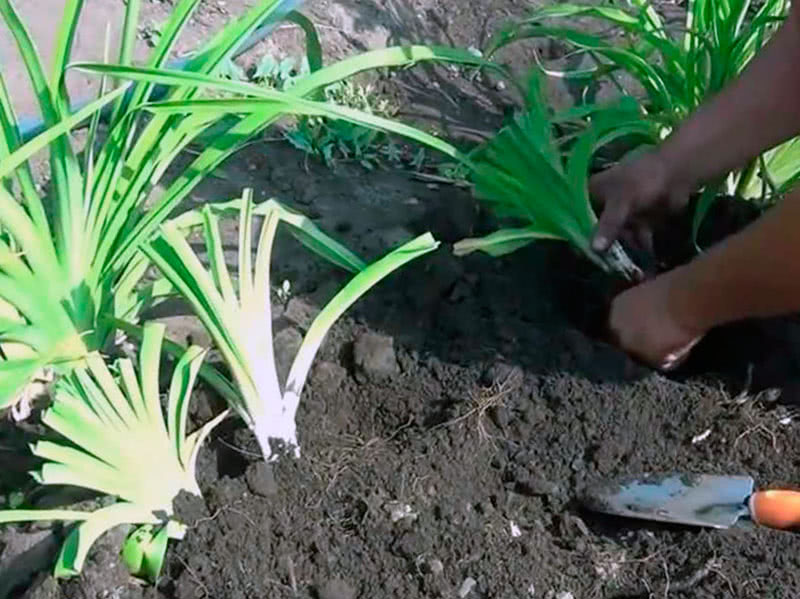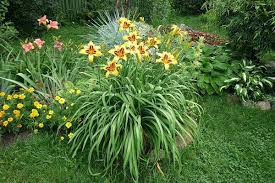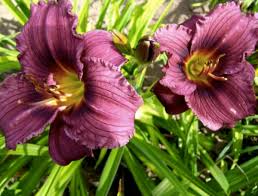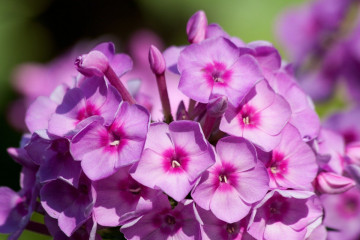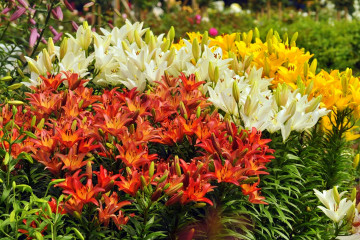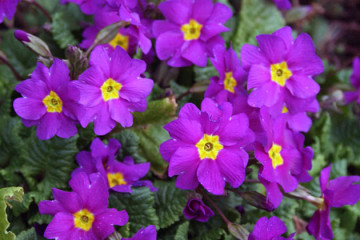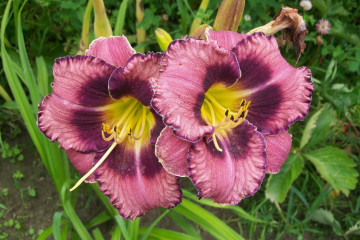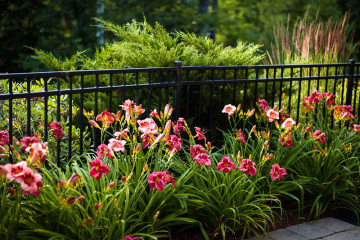When to transplant daylilies - how to do it right
Content:
Hemerocallis means "day" in Greek. This suggests that the flower lives only one day. These perennials are a popular crop in Russia. Having planted a flower once, the grower receives abundant flowering for several years with minimal maintenance. The flower is able to decorate any flower bed. To achieve abundant flowering, they are transplanted. It is worth figuring out how to transplant a daylily with maximum benefit for the plant.
Why transplant
Daylilies can live in their usual place for up to 15 years. But in the sixth year, flowering becomes scarce and the bush grows. Usually young shoots appear around the plant. So the daylily needs a transplant. Otherwise, the main bush will die. The transplant allows one bush to be propagated into several plants. All varietal qualities will be preserved.
Site selection and preparation
For quick adaptation after transplanting, you need to take care of the temperature regime and the composition of the soil. There should be a lot of sunlight; daylilies almost do not bloom in shaded areas. An open place is chosen for the flower bed.
The bed should not be too low, otherwise the roots will rot. If there is no choice, drainage is used. The earth must be saturated with organic matter. The best soil for daylilies is loam. If the soil is more sandy, then organic fertilizers are applied. It is recommended to loosen dense soil with sand. And too loose soil is compacted with manure.
Bush preparation
In order not to damage the roots, it is necessary to dig in the bush around at a sufficient distance. Next, carefully remove the bush along with the ground. This may require assistance as the bush is heavy. Then the roots are placed in a solution of a growth stimulator (epin, root, zircon) for 4 hours. Then the plant will take root well.
If there are rotten or dried roots, they are cut off. Then they are placed in a saturated solution of potassium permanganate to disinfect. The next step is dividing the bush. Every new plant must have at least one root. The damaged areas are covered with charcoal. Then the leaves are cut.
Transplant process
First, they dig up the soil and form a hole. Its diameter is about twice the volume of the root. Depth 35 cm. The bottom of the hole is laid out with drainage. Then it is covered with soil with superphosphate and ash in a ratio of 0.5: 1. Then a bush is placed, the roots are straightened, sprinkled with the same nutrient soil and compacted. Then the daylily is watered and sprinkled with mulch. This will protect the soil from drying out.
Features of seasonal transplant
There are several options when you can divide the daylily and plant it.
Transplant in the fall
Choosing an autumn transplant, you must take into account all the nuances. You should not focus on the second half of autumn, plants may not take root before the onset of frost. Then the flowers may die in winter.September and early October are the most favorable times. If, nevertheless, it is not possible to invest in time, you can plant frost-resistant varieties. If all the recommendations are followed, the transplant of daylilies will go well, the plant will take root remarkably in the spring and will begin to grow actively.
Transplant in summer
Sometimes daylilies are transplanted in the summer, but this is rather an exception to the rule, since they bloom all summer. The procedure will severely traumatize the roots and make the plant weak. Then how to transplant a daylily in the summer?
In the daytime, it will not be possible to propagate the bush, because you cannot divide it. Work can only be performed in the absence of the sun. It is necessary to save an earthen lump, otherwise the plant will not take root.
Spring transplant of bushes
Dividing the bushes in spring gives them the opportunity to bloom this year. This applies to strong plants with powerful roots. When transplanting weak bushes, do not expect rapid flowering. Working in the spring has a huge plus, because the flower has a lot of time ahead to take root. There will be a lush bloom in the summer.
If it is difficult to decide which season to choose for transplanting a daylily when it is better in spring or autumn, then it is better to choose spring. This is a great time for minimal interference with the life of the flower.
Transplanting a flowering daylily
For any manipulation of the plant, serious reasons are needed. If a flower gives a lot of energy to flowering, then it will be very difficult for it to take root. First you need to cut the flowers so that the main forces go to the development of the root. This procedure will help the flower take root faster. After that, the plant needs careful care and supervision. A sign of the success of the event will be the appearance of green shoots.
Transplanted flower care
For better rooting, the daylily is created conditions:
- watering daily for 14 days, high humidity will help take root faster;
- loosening the soil after watering;
- application of nitrogenous fertilizers 30 days after the procedure.
When can you transplant a daylily at different latitudes
It is worth dealing with the question of when daylilies can be divided and planted. Spring planting begins as the soil warms up:
- Moscow region - early May;
- Siberia - late spring or June;
- Southern latitudes - from April 15.
In the Moscow region and in temperate latitudes, gardeners prefer a transplant with the onset of autumn. In this case, the plant has time to adapt before the onset of frost. In the northern regions, transplanting is carried out in the spring, because the autumn is short here, and the winter is cold. The bush will most likely die.
In the southern regions, an autumn transplant is possible. Of course, spring is also suitable, and any period of it.
It is advisable for the flower grower to observe the weather and keep records. Based on the diary, you can calculate when to replant daylilies in a certain area. The temperature regime may not coincide with the average for the region. When to replant daylilies in spring or fall? The largest survival rate is in the spring. The beginning of June is also a good fit.
The procedure for transplanting daylilies is simple. It is important to follow all the recommendations and the plant will bloom on time.
